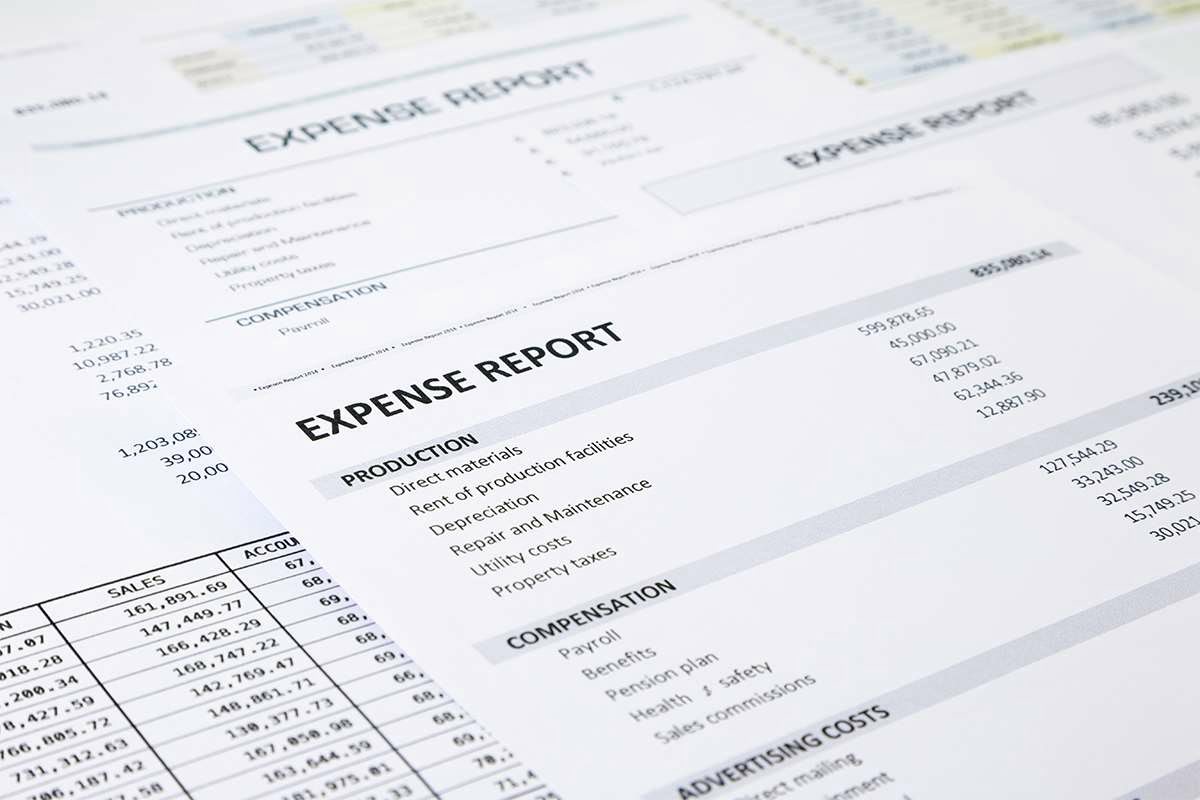Generally, the shorter this timeframe is, the better it is for the company. The cash conversion cycle (CCC) is one of several metrics used to gauge how well management uses working capital. This metric measures the amount of time a company takes to turn money invested in operations https://linkodirectory.com/public-accounting-and-governmental-accounting-in/ into cash. Its dynamic approach, time-sensitive analysis, and operational focus make it a vital tool for anyone seeking a holistic understanding of a company’s financial dynamics. Business leaders must break free from the confines of traditional liquidity measures and embrace the potential of the CCC. How to Use Technology and Automation …

Generally, the shorter this timeframe is, the better it is for the company. The cash conversion cycle (CCC) is one of several metrics used to gauge how well management uses working capital. This metric measures the amount of time a company takes to turn money invested in operations https://linkodirectory.com/public-accounting-and-governmental-accounting-in/ into cash. Its dynamic approach, time-sensitive analysis, and operational focus make it a vital tool for anyone seeking a holistic understanding of a company’s financial dynamics. Business leaders must break free from the confines of traditional liquidity measures and embrace the potential of the CCC.
How to Use Technology and Automation to Streamline Cash Conversion Cycle and Working Capital Processes?
- By doing so, you can lower your inventory costs, avoid stockouts or overstocking, and free up more cash for your business.
- Days Sales Outstanding is the number of days it takes for a company to collect money from sales and involves accounts receivables.
- When a company collects payments quickly, correctly forecasts inventory needs, or pays its bills slowly, it shortens the CCC.
- This metric measures the amount of time a company takes to turn money invested in operations into cash.
- CCC should also be calculated for the same periods for the company’s competitors to establish a comparison.
- Fortunately, Excel or Google Sheets can help you structure the data and automate calculations.
The first part of the cycle represents the current inventory level and how long it will take the company to sell this inventory. This stage is calculated by using the days inventory outstanding calculation. It is a dynamic measure that paints a vivid picture of how efficiently a company’s working capital operates.
Accounts Payable Solutions
In this way, the cash conversion cycle can be viewed as a sales efficiency calculation. It shows how quickly and efficiently a company can buy, sell, and collect on its inventory. In other words, this represents how much a company owes its current vendors for inventory and goods purchases and when the company will have to pay off its vendors. A cash conversion cycle (CCC) refers to the time taken to convert the amount invested in inventory into the cash received after the sales.
What is the importance of the cash conversion cycle?
It is also important to note that the cash cycle is not a significant consideration for companies that don’t hold physical inventory. Real-time tracking systems and streamlined logistics processes help companies optimize delivery schedules and reduce downtime. These advancements improve service quality and lead to faster invoice payments, reducing the time funds are tied up in receivables. Strong vendor relationships can also improve credit terms, helping firms maintain sufficient working capital. These challenges underscore the need for effective inventory management to improve liquidity contra asset account and operational efficiency. Monitoring COGS helps manufacturers spot trends that could increase expenses and impact cash flow.
- A lower CCC indicates that a company has healthy liquidity and is more likely to pay its bills on time.
- Accounts receivable and inventory accounts are current assets, and accounts payable is a current liability balance.
- Managing accounts payable effectively eases cash flow problems from these expenditures.
- This is the number of days that you take to pay your suppliers after you receive their goods or services.
- You might email each client when an invoice is 30 days old and call on invoices when they reach 60 days old.
By understanding its components and taking steps to optimize them, businesses can enhance their financial performance and ensure a healthy cash position. A short cycle allows a business to quickly acquire cash that can be used for additional purchases or debt repayment. The lower the cash conversion cycle, the more healthy a company generally is.
Negotiate Better Terms with Suppliers
Let’s consider a manufacturing company that has implemented effective CCC monitoring and forecasting. By analyzing their CCC ratio, they identify that their inventory holding period has increased significantly. Through further analysis, they discover that certain raw materials are being overstocked, leading to excess inventory and tying up valuable cash. By adjusting their procurement strategy and optimizing inventory levels, they successfully reduce the inventory holding cash conversion cycle period, improve cash flow, and enhance their overall financial performance.
Customer Stories
- Make sure your invoices are accurate, contain all of the information your clients need, and are sent on time.
- Implementing a just-in-time (JIT) inventory system, which aims to minimize inventory levels by ordering and receiving goods only when they are needed.
- The CCC serves as a valuable KPI for businesses, providing insights into their operational efficiency and financial performance.
- All three separately give you insight into business operations and efficiency.
- A strategic negotiation approach strengthens supplier relationships and boosts supply chain efficiency, leading to better financial performance and a reduced Cash Conversion Cycle.
- A company that offers longer credit terms to its customers may have a higher RCP than a company that requires immediate payment, but it may also have higher sales and customer loyalty.
With this approach, company liquidity is measured using the equation in Exhibit 1. Another disadvantage of static measures of liquidity is that, despite how simple they are to compute, they can be quite difficult to interpret. Higher is generally considered better, but too high may indicate inefficient use of assets. Lower is generally regarded as unfavorable but may actually be the result of efficient use of working capital. Implementing cash flow forecasting is vital for businesses looking to enhance their Cash Conversion Cycle.


Inventory is defined as the raw materials, finished goods, and works-in-progress that a business holds. This includes any and all materials required to produce a product or offer a service. This includes parts, components, and raw materials that are used in the production process. In the realm of modern business, the integration of safety measures into the sustainability…

Working Capital Ratio vs. Cash Conversion Cycle
The two metrics are closely related, but they measure slightly different aspects of a business’s cash flow efficiency. Understanding the distinction can help finance leaders make more informed decisions about working capital management. A higher, or quicker, inventory turnover decreases the cash conversion cycle.



